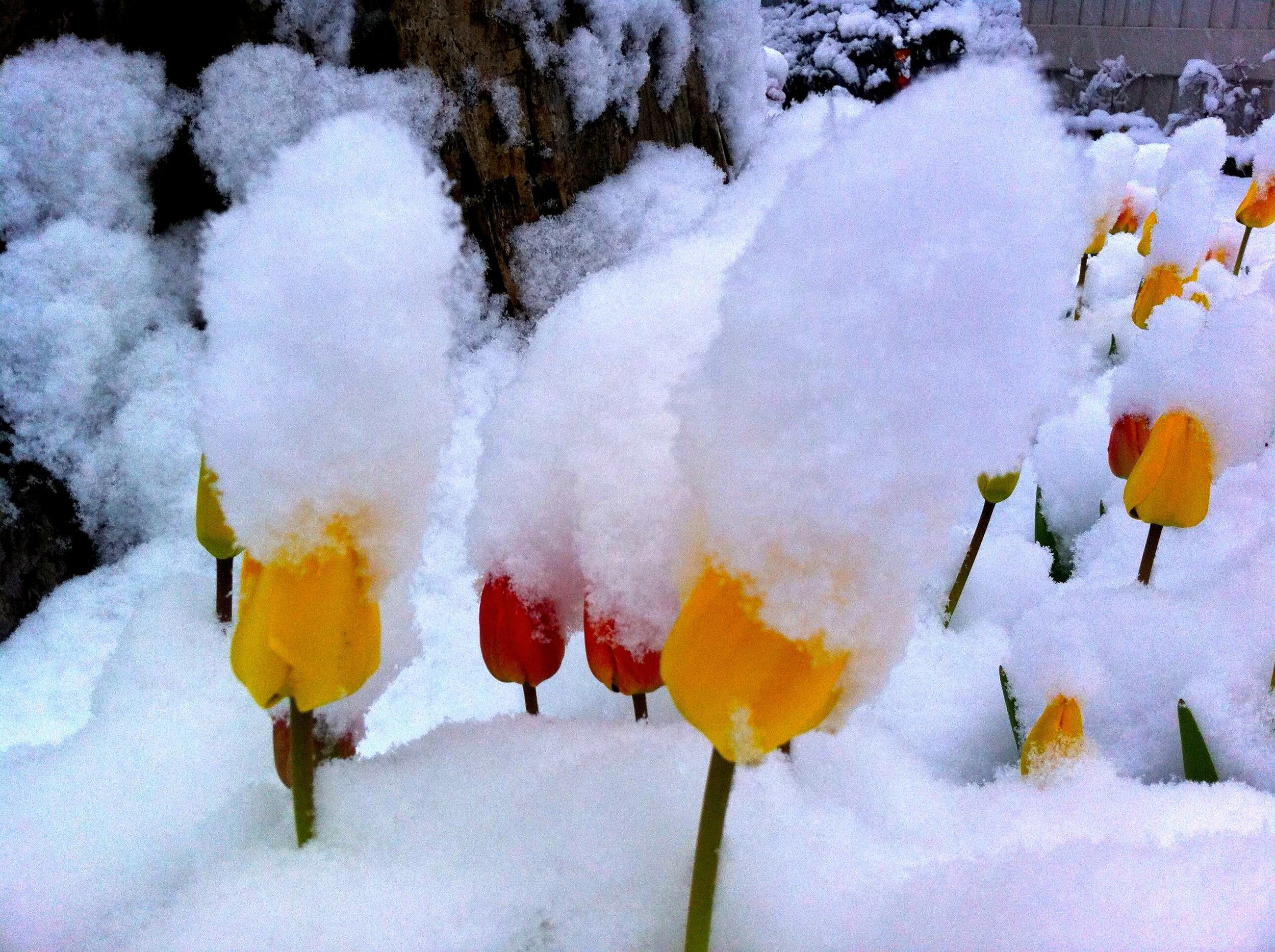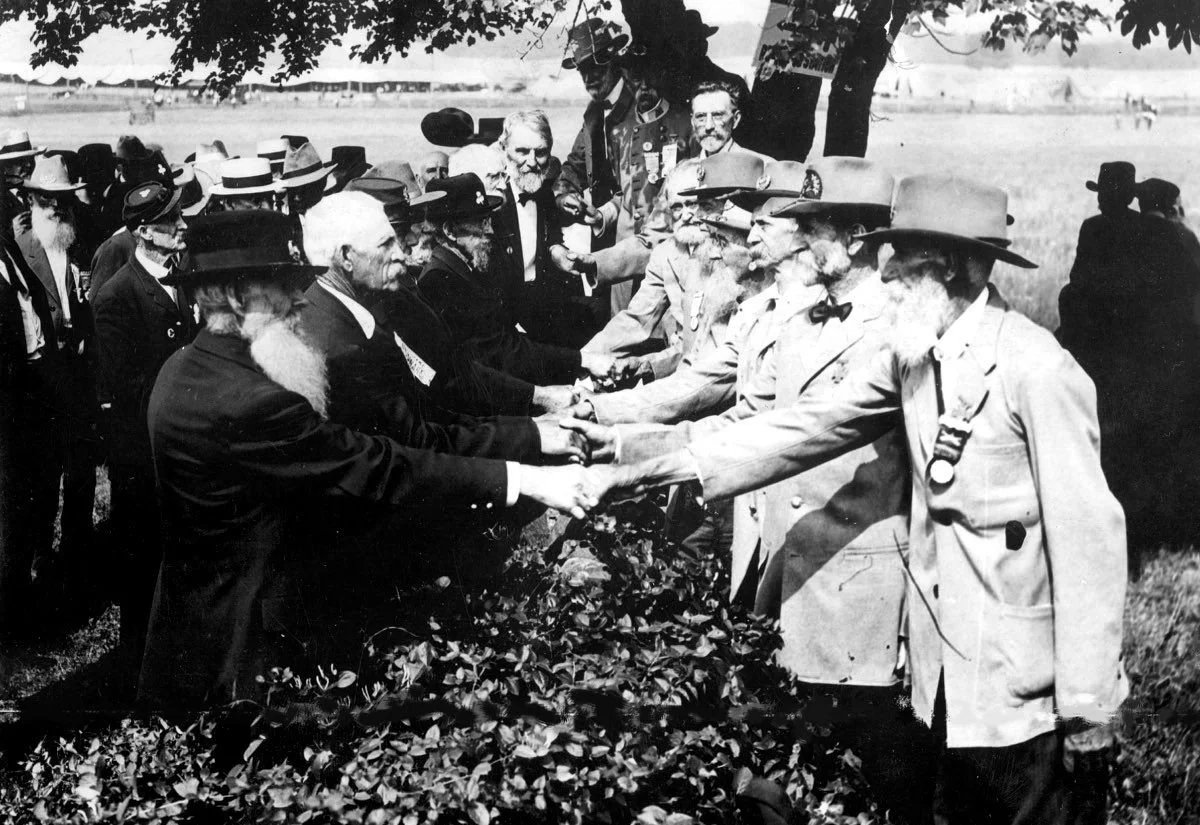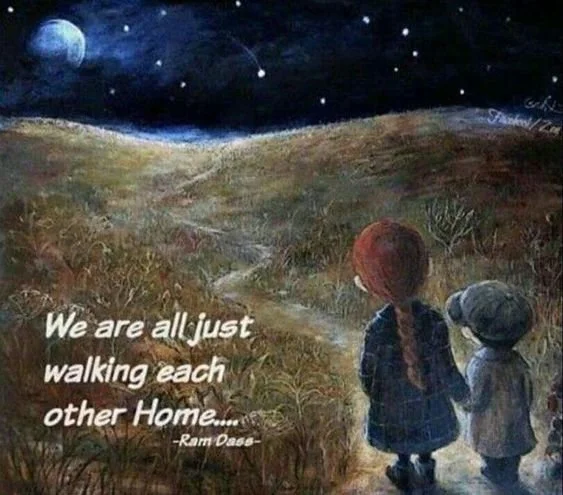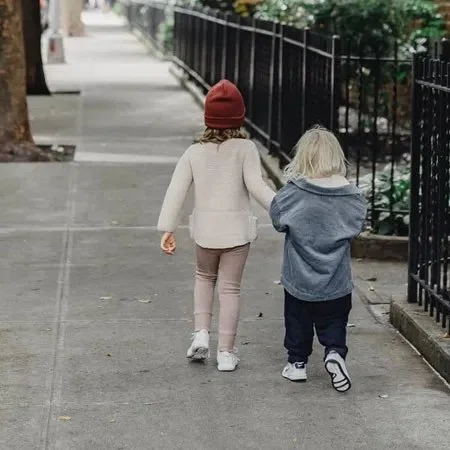America the Beautiful
“America! America! God mend thine every flaw,
confirm thy soul in self-control, thy liberty in law.”
—Katherine Lee Bates
Sometimes we have a patriotic hymn sing-along at church before major holidays such as the Fourth of July. One of my favorites is the music of Katherine Lee Bates’s poem, “America the Beautiful.” “O beautiful for spacious skies, for amber waves of grain.” Bates wrote the hymn after she arrived in a prairie wagon on top of the 14,000-foot Pike’s Peak near Colorado Springs in the summer of 1893.
I connected to the poem and the hymn when I helped plan a pediatric radiology meeting at nearby Colorado Springs in 1994. I took a six-month sabbatical from Children’s Hospital to prepare for the international pediatric radiology meeting. I had much help from people all over the world, but I also had a touch of what Parker Palmer calls “functional atheism,” believing I was the “only” one who needed to get most of the work done.
After a year of planning, everything was finally ready. I vividly remember sitting in a board meeting in May at the event hotel just before the conference began. I looked out of the adjacent wide bay window and observed, to my horror, the beginning of the last winter snow in May! I had planned in detail a multitude of outdoor activities that would now never see the light of day. I now keep a beautiful picture of snow on the tulips in front of the hotel to remind me how little I can control in life.
There were a multitude of other hiccups. We recorded speakers for a video of the meeting. One speaker did not like his recording and required us to redo his filming at least five times. I will always be indebted to Marilyn Goske, whom I had casually asked to watch over the video of the speakers. She patiently stayed with the speakers and missed the entire meeting to complete this task.
Another hiccup was our evening entertainment after dinner. We had scheduled the Air Force Academy Cadet Choir. Then, without warning, they were called to maneuvers. Our meeting planner booked a local children’s chorus. I worried this would be amateurish and poorly performed. But, as you might expect, they were the most charming, talented, and poised children performers I have ever seen. They ended their concert by going to individual members of the highly educated, sophisticated audience, holding their hands, and singing directly to them. We all gave them a standing ovation through our tears, remembering that the children we serve as physicians can teach us so much about life and the beauty of America, as expressed in “America the Beautiful.”
Another lagniappe at the meeting. Two pediatric radiologists, who lived on different continents apart, decided to get married at the meeting. Overnight, our meeting planning arranged a beautiful ceremony for them. To date, there has never been another wedding at that annual meeting!
I also learned from this meeting that, no matter how hard I try, I am not in charge, and that God provides me with fantastic people around me who will take over overwhelming situations. I especially learned at the dinner that when a door unexpectedly closes, the next door that opens is often surprisingly magnificent.
Joanna https://www.joannaseibert.com/





